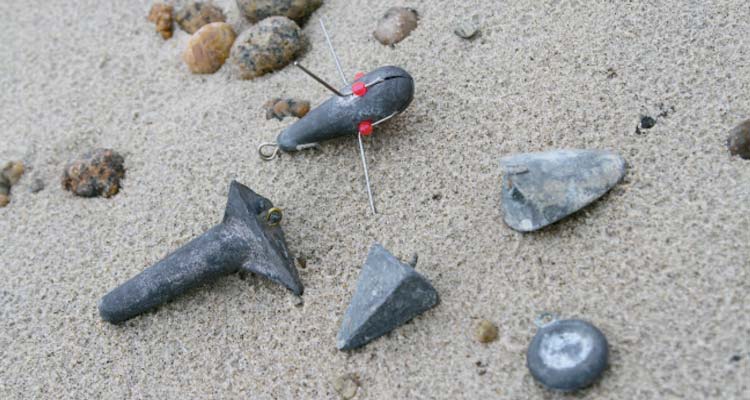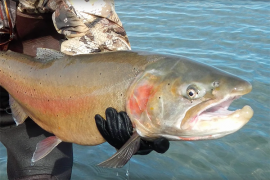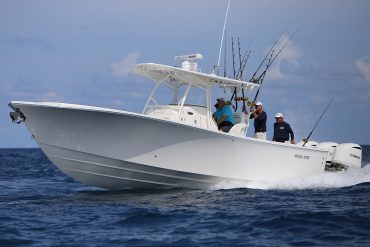
This past April, I relearned a lesson that should, by now, be second nature—the importance of sinker selection.
I wasn’t fishing the surf, although I was using a surf rod. I’d staked out a spot on the bank of the Schuylkill River, a tributary of the Delaware that begins in the Appalachian Mountains and ends in Philadelphia. I was following directions that only a fishing buddy can provide, the kind that ends with, “…and if you can’t find the spot, just about anywhere could give up a fish.”
I was pretty sure I’d found it. The river widened just a bit below a set of riffles into the type of lazy eddy that collects logjams, shopping carts, and plenty of other fluvial debris where I could easily picture a catfish, specifically a flathead catfish, taking up residence.
The flatheads aren’t native to the Schuylkill, but are a member of the ever-growing list of so-called “invasive” species that live there. They are aggressive predators and are just as likely to strike an artificial lure or live bait as they are a chunk of cut fish.
My bait was a sucker I snagged in Darby Creek the night before. I took a 1-inch-wide piece from just behind the pectoral fins and worked it onto an 8/0 circle hook. My rig consisted of a short length of 80-pound leader below a barrel swivel tied to the 50-pound shock leader. On the shock leader was a 2-ounce egg sinker. I learned on my very first cast why that was a bad choice.
Even in the slow currents of the eddy, my sinker and rig rolled right into a logjam. Two rigs later, I learned why cat-fishers use flattened inline weights called “no-roll sinkers.”
Sinker selection is just as important in the surf. There are several sinker styles available, and choosing…





